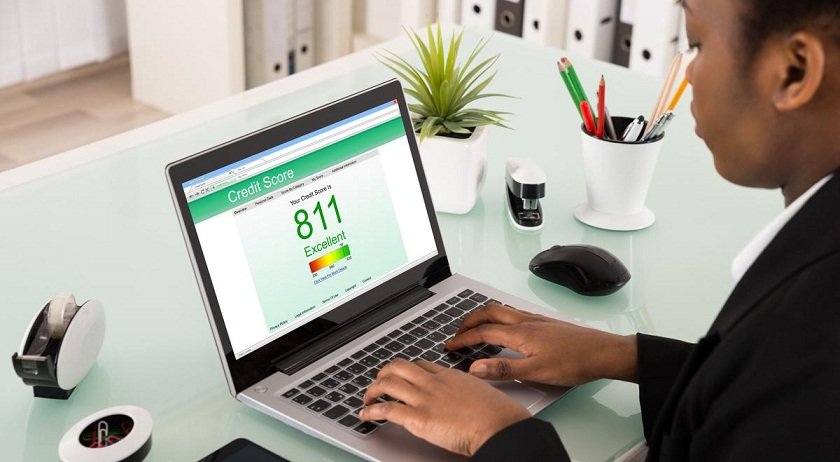Peer-to-peer lending is supposed to be a novel technique of debt financing which would be allowing you to borrow and even lend money without seeking assistance from any financial institution. Peer-to-peer platforms effectively harness the powers of big data and technology for connecting investors to borrowers in a much cheaper and faster way as compared to any traditional bank.
P2P lending has gained phenomenal popularity in recent years and is a fantastic source for investors of obtaining fixed income. P2P investments are known to have a low correlation and less volatility as compared to stock markets. They are also, known to promise relatively higher returns as compared to the traditional sources of yield. P2P loans are far easier and simpler to qualify for, in comparison to a conventional loan. Moreover, peer-to-peer loans would be offering more favorable terms and rates as compared to the terms and rates from predatory lenders.
What Is A P2P Loan?

P2P lending is known to connect borrowers with all those investors who are looking for earning returns via lending. As the peer-to-peer lenders operate online and streamline the entire lending process, they are able to offer flexible and affordable loans to a broader range of consumers. P2P loans would be ranging from $1000 to as much as $50,000. Moreover, the loan terms would be ranging from around 3 years to five years.
As per https://www.forbes.com, “With these loans, you can apply with a soft credit pull online, enabling you to see what you may be eligible for without taking a hit on your credit score. To apply, select a peer-to-peer lending platform. Then follow the prompts and answer several questions, such as your yearly income and how much you want to borrow.” Once that is done, it would only take a few seconds to know what exactly you are preapproved for. Suppose you are not at all impressed with the offer, you could try contacting a different P2P lender. You may alternatively opt for fast and easy personal loans from reputed lending companies such as https://www.libertylending.com/.
Typical Eligibility Requirements for P2P Loans
For qualifying for a P2P loan, you must necessarily be:
- Minimum 18 years of age.
- A permanent resident or citizen of the United States of America.
- A bank account holder, who could receive direct deposits.
- While determining your eligibility status, the P2P lenders would be taking into account your income, credit score, credit history, and your debt-to-income ratio as well.
Some peer-to-peer lenders would be requiring a credit score of minimum 600 for obtaining an approval even though there are some others who would be allowing individuals with slightly lower credit score than 600. The newcomers to the industry are even ready to accept borrowers even without any credit history. However, reputed and reliable P2P lenders would be asking for comprehensive credit history with several positive accounts and preferably no recent delinquent or bankruptcy accounts. You would find it really difficult to get approval with a really low debt-to-income ratio because reputable lenders would need a ratio of less than 50 percent.
Effective Tips to Qualify for a P2P Loan
Suppose you are worried and overstressed about not getting an approval for your P2P loan request, remember there are several effective ways of boosting your chances of loan approval. Consider taking certain proactive steps discussed below before putting in your loan application.
Examine Your Credit Score
You must know your accurate current credit score before applying for any loans so that you have a clear idea as to what you could actually qualify for. You could consider checking your current credit score online.
Take Out Your Credit Report

Your credit score would not demonstrate all the details relating to your credit history. You may consider pulling your credit report for getting a comprehensive picture of your credit history. However, you could get your credit report for free once every year from all the three major credit reporting bureaus if you browse through AnnualCreditReport.com. The national credit bureaus include TransUnion, Equifax, and Experian. Your credit report would assist you in understanding your present credit score and ways to boost it. Moreover, do not worry; just pulling a credit report would not negatively impact your score.
Consider Disputing Any Inaccuracies
As you scrutinize your credit report meticulously, you might come across some inaccuracies in the form of negative marks like delinquent accounts or late payments. You must at once get in touch with the national credit bureaus and dispute them without any hesitation. If their investigation demonstrates that any negative mark on your credit report was placed inaccurately, it would be eliminated at once from your credit report and you would notice a remarkable boost in your credit score.
Consider Paying Off All Due Accounts
You run the risk of not getting a loan approval if you are still dealing with past-outstanding accounts. You must, first of all, make all the necessary outstanding payments including all the late fees. Even though a missed payment would be present on your credit profile for seven years, however, its overall impact on your precise credit score would be diminishing over a period of time.
Look For a Steady Income Source
Lenders would be taking into account factors such as your employment and income as they indicate your capability of repaying a loan. Most lenders are convinced when you are employed or if you are having a substantial and steady source of income from some other source. There are some P2P lenders who would approve your loan if you are joining a permanent job even six months later. Suppose you are not having a stable and steady income source, it is best to try and secure a full-time job before putting in your loan request.
Wait For Your Delinquencies to Get Eliminated From Your Present Credit Report
If there are certain major delinquencies present on your current credit report like a prior bankruptcy or an account that was once in collections, it is best to wait for these to disappear from your credit report before requesting for a loan. Most of your negative remarks should disappear seven years after the original delinquency. However, it would take ten years for Chapter 7 bankruptcy to ultimately fall off your credit report.
Choose the Best Lender

You must do some research and comparative evaluation and analysis and accordingly make the right choice depending on your unique financial situation and requirements. You would easily get lenders who offer loans with lower rates if you are having an excellent credit score. If you are not having a flawless credit report, it is a good idea to look for a lending agency that accepts applicants having your credit score. This way, you could put in your loan request to lenders who are considering your loan application even if you do not really qualify and your credit report doesn’t seem to be perfect.
Moreover, check the interest rates and the term offered. Choose a lending agency that suits your unique requirements.
Conclusion
Loans could be beneficial financial tools if you use them effectively. However, debt should always be the last resort. You could opt for peer-to-peer lending option if you need to borrow money when your friends and family could not offer any financial assistance to you.
P2P lending is the best option when the conventional banks and financial institutions do not give your loan approval and it is also, quite affordable.





